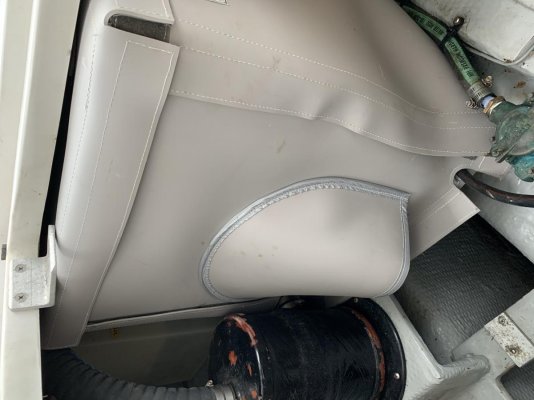There are several good suggestions above. What stops noise is mass, or getting away from the source. Can't get away, so putting mass between you and the source is the common approach.
As mentioned, the inner panels of the cockpit sides are open to the lazarette, and those relatively thin panels let noise right through. Sometimes there are stereo speakers in those panels as well, which really exaggerate the noise.
Just putting noise insulation on the hatches, and not the entire overhead of the cockpit deck, won't help. The noise will just flank the insulation, so not surprised you had no improvement there.
I know on the 390 space is too tight to do much, but there is something that can be very effective, if it's something you care to do.
Carpet the cockpit from wall to wall, and use a Soundown acoustic carpet underlayment between the deck and the carpet. This is very effective in these situations, and has worked well on MS Pilots to reduce their noise. The Mass Loaded Vinyl (MLV) mentioned previously as the lead replacement of choice can also be used alone. It's readily available and relatively inexpensive for the small space we are talking about, you could buy that first, put it down in the cockpit, and take some readings to see how effective it might be, but the decoupled carpet underlayment will provide much better performance.
If you do this cut for the hatches outside the outline of the hatch, so the product and the carpet act as a flap seal. Lining up the cuts with the hatch would be counterproductive.

$00.02

 $00.02
$00.02